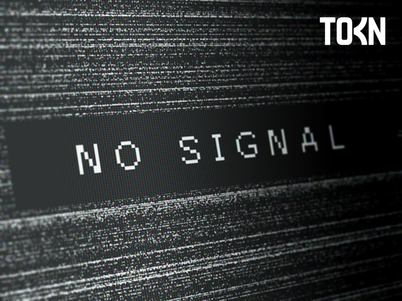As Malcom Turnbull declares doubts about the commercially viability of the NBN, many others claim high speed mobile networks to be the answer. And while many call for protection from high speed mobile networks bringing massive downloads speeds, others profess the consistency of fixed line to deliver a superior service over mobile while highlighting the potential health affects of 5G.
But where does this leave your business?
To answer this question, we need to look at this more closely, without all the hype, and we need to make a careful distinction between connectivity and functionality.
To understand the impact high speed mobile networks like 5G may have, all we have to do is look back at 4G. Many of the functions now available on the smart phone would have be unthinkable without 4G speeds and volume. Things like Voice Over the Internet VOIP and interactive map reading have all became mainstream. Looking ahead to 5G, the biggest impact is said to be the reduction in latency, from an estimated 60 milliseconds to 1 millisecond. Think of this in the context of IoT, connected devices and machine learning. What if driver-less cars could anticipate a crash, engaging the collision avoidance mechanism 60 times as fast.
So the world is changing and these high speed mobile networks will deliver new functionality, increasing reactions and responsiveness of just about anything.
But will your business be able to leverage the benefit of this enhanced platform?
Lets not forget that Ultra-high reliable communication and improved capacity are some of the major requirements of the 5th generation (5G) mobile and wireless networks. Achieving this means avoiding radio link failures and the service interruptions that occurs during the failures and their re-establishment. 5G millimetre waves can transfer heaps of data at very high speeds, but they don’t travel as far as the lower-frequency waves used in 4G networks. High-frequency millimetre waves also have difficulty getting around walls, buildings, and other obstacles. When the 5G networks are built, the carriers will have to use more antennas, way more, to get the same coverage as our current networks.
This means carriers have to upgrade and roll out their massive infrastructures fist……… Secondly 5G brings with it new antennas, new devices, and new applications to fully support categories like driverless cars, virtual reality and connected drones.
So where does this leave you……….
Firstly you may for the foreseeable future need to deal with patchy network coverage. Finding a mobility solution that supports uninterrupted working is still a must for most businesses especially those operating in remote regions. This will ensure a smooth transition between areas of coverage and no coverage and will keep your workforce productive during outages. This is easier said than done. An app alone cannot deliver uninterrupted work, and an app alone is not future proof.
Native application build will get you someway there in terms of the app working offline, but for it to be meaningful to your business, its data that you need when you need it, and finding a solution that can manage that is not always straight forward. Secondly whatever solution you invest in needs to be future proof. Having the capability to quickly build and change new applications that will run on new devices, device firmware, operating system versions is a must. By controlling these aspects of mobility, your business will not only have access to the enterprise data it needs when required, but also the flexibility to keep those apps future proof.
